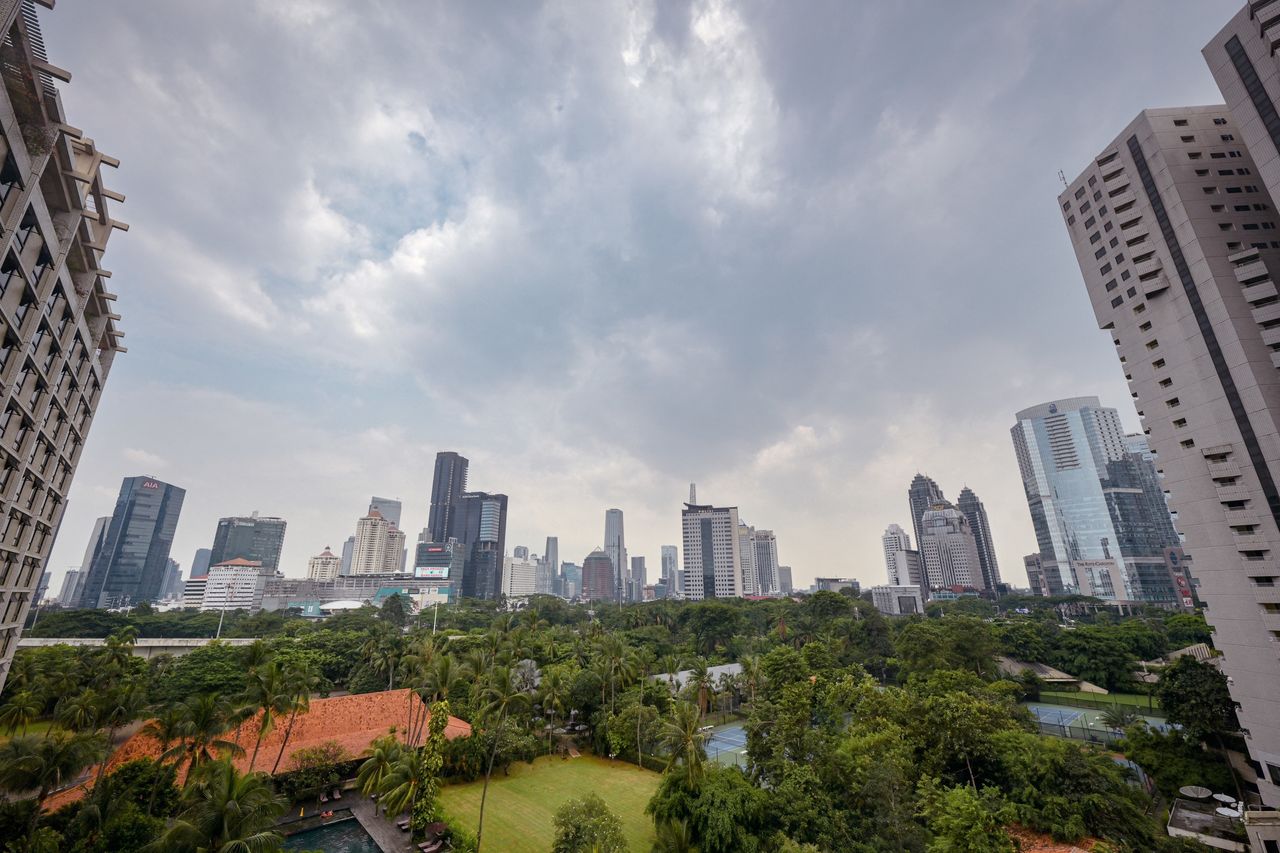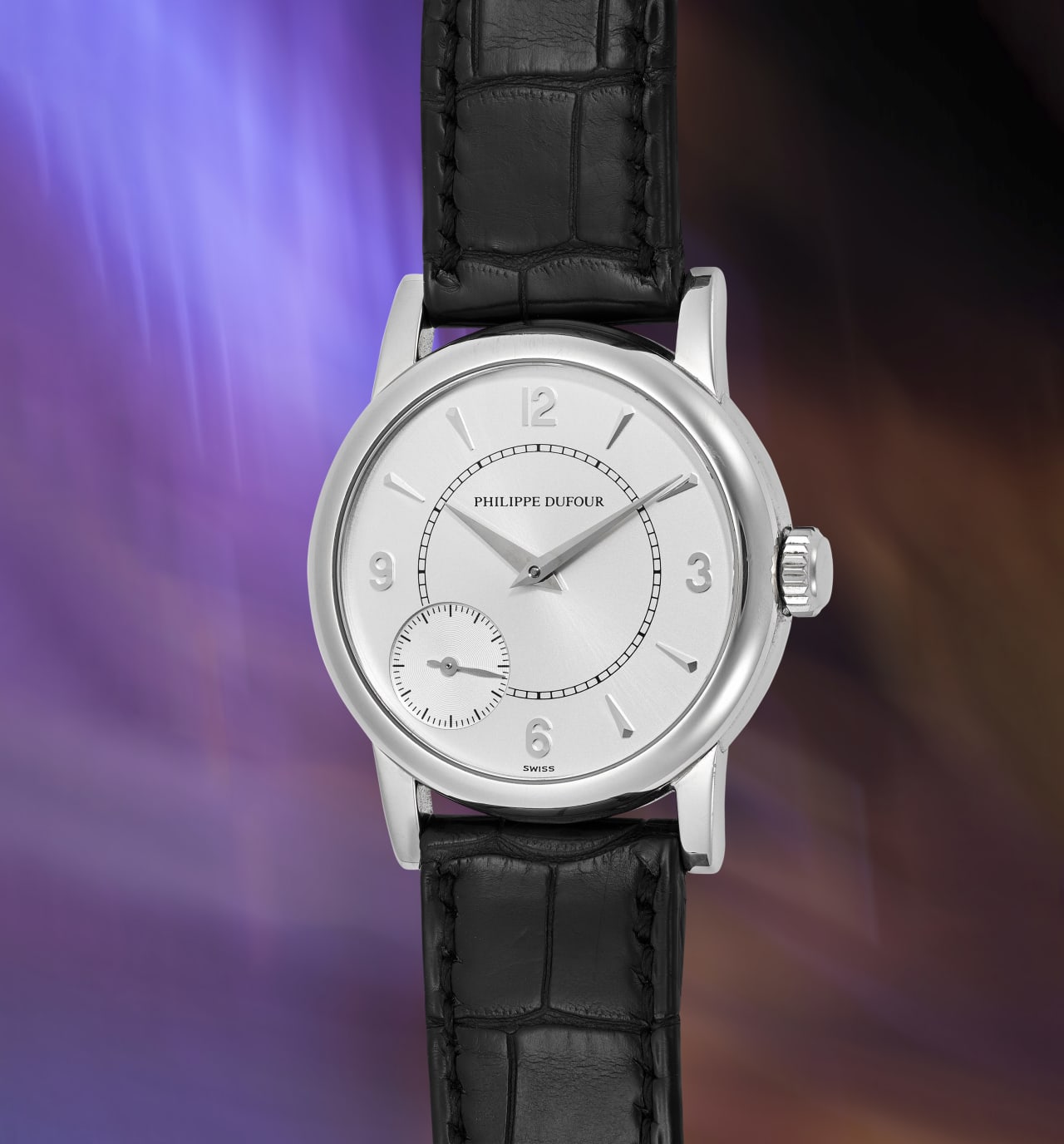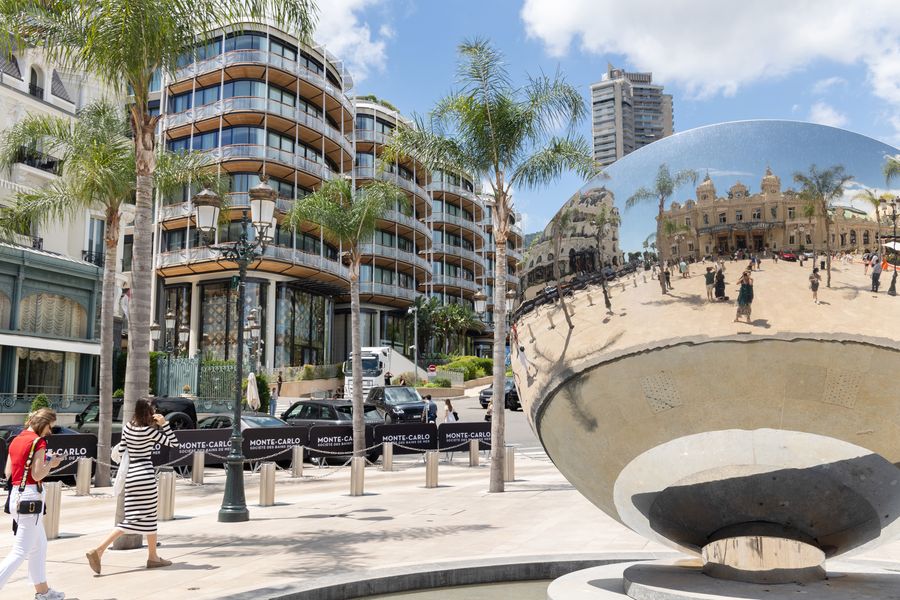Indonesia Impact Alliance Aims to Draw Private Capital for Good
The Ford Foundation, alongside government organisations and the business community, launched the Indonesia Impact Alliance in Jakarta on Wednesday to attract more private capital into ventures that solve social and economic problems while earning market returns.
The alliance is being forged at a time when Indonesia is thriving in many ways. In 2021, the Southeast Asian nation regained status lost during the pandemic as an upper-middle-income country, according to the World Bank.
Yet, Indonesia, the fourth-most-populous nation in the world, is home to many people who remain in poverty without sufficient access to education and health services. While abundant in natural resources, the country has also suffered environmental degradation from exploitation of its rainforests for palm oil—a practice that is subsiding from a combination of government and nonprofit efforts.
As the economy continues to grow, the government alongside the United Nations Development Programme Indonesia, Ford, and others, want to ensure society and the environment are taken into account. The alliance aims to boost direct investment into “early-stage, high-impact companies” through increasing investment from investors within the country and abroad, and from the Indonesian diaspora, according to a news release.
“The alliance is about creating a kind of a centre of gravity for diverse stakeholders in Indonesia that all have a shared interest in marshalling more private capital in the service of just and sustainable development,” says Margot Brandenburg, head of impact investments for Ford’s US$1 billion mission investments program.
Chairing the alliance is Romy Cahyadi, CEO of Instellar, an Indonesia company that supports social enterprises through incubation, advisory, and investment.
Members of the alliance are “entrepreneurs, companies that are delivering these impacts, the funds and intermediaries that place capital in those companies, and asset owners,” Brandenburg says. “It also importantly needs to include the government, which can create, and we believe should create, an enabling environment for this type of investment and that can compliment private capital and do things that the private sector can’t do.”
The alliance also includes technical assistance providers of nongovernmental organisations in addition to global and regional economic development institutions. Temasek, the sovereign wealth fund of the nearby nation of Singapore, is also taking part. It needs to be all of those actors, she says, and “we need them all rowing in the same direction.”
Indonesia receives significant impact investing support from a third of those who invest for impact globally, according to a 2018 report from the Global Impact Investing Network. At the time of the report, private institutions had invested nearly US$149 million in 58 transactions, while development finance institutions had invested US$3.6 billion in 67 deals. Many of these investments are still at an early stage, according to Ford.
The alliance is being formed now as a “call to action,” for various governmental bodies, NGOs, and private actors to work together, Brandenburg says. “The sense is that there’s a diverse group of stakeholders working not always in coordination.”
Given the size of the country and its economy, there are people “working across sectors and geographies that may not be in relationship with one another
or may not have connected the dots,” she says. “That’s the role that government policy and regulation play in creating a favourable investment environment
and vice versa.”
The ultimate goal, Brandenburg says, “is to make sure that the whole is at least as great as the sum of the parts, so that people can build off of one another
and not inadvertently duplicate efforts.”
The alliance is affiliated with the Global Steering Group on impact investments, which has national associations in a number of countries, including the U.S. Impact Investing Alliance. Being part of this group gives the new Indonesia alliance access to resources, models, and policy blueprints that have succeeded elsewhere.
A question for Indonesia will be how to take advantage of natural resources that produce cloves, cinnamon, nutmeg, and vanilla, in addition to palm oil, natural rubber, cassava, and coconut oil, while not exploiting workers and local communities or harming the environment.
“Biodiversity is a major asset, but of course with that, [there’s] palm oil and logging and the potential for extractive industries,” Brandenburg says. “The question for impact investors is what does a better model look like that allows a country to prosper on the basis of its natural resources and allows its communities to prosper as well.”
 Copyright 2020, Dow Jones & Company, Inc. All Rights Reserved Worldwide. LEARN MORE
Copyright 2020, Dow Jones & Company, Inc. All Rights Reserved Worldwide. LEARN MORE
This stylish family home combines a classic palette and finishes with a flexible floorplan
Just 55 minutes from Sydney, make this your creative getaway located in the majestic Hawkesbury region.
As Paris makes its final preparations for the Olympic games, its residents are busy with their own—packing their suitcases, confirming their reservations, and getting out of town.
Worried about the hordes of crowds and overall chaos the Olympics could bring, Parisians are fleeing the city in droves and inundating resort cities around the country. Hotels and holiday rentals in some of France’s most popular vacation destinations—from the French Riviera in the south to the beaches of Normandy in the north—say they are expecting massive crowds this year in advance of the Olympics. The games will run from July 26-Aug. 1.
“It’s already a major holiday season for us, and beyond that, we have the Olympics,” says Stéphane Personeni, general manager of the Lily of the Valley hotel in Saint Tropez. “People began booking early this year.”
Personeni’s hotel typically has no issues filling its rooms each summer—by May of each year, the luxury hotel typically finds itself completely booked out for the months of July and August. But this year, the 53-room hotel began filling up for summer reservations in February.
“We told our regular guests that everything—hotels, apartments, villas—are going to be hard to find this summer,” Personeni says. His neighbours around Saint Tropez say they’re similarly booked up.
As of March, the online marketplace Gens de Confiance (“Trusted People”), saw a 50% increase in reservations from Parisians seeking vacation rentals outside the capital during the Olympics.
Already, August is a popular vacation time for the French. With a minimum of five weeks of vacation mandated by law, many decide to take the entire month off, renting out villas in beachside destinations for longer periods.
But beyond the typical August travel, the Olympics are having a real impact, says Bertille Marchal, a spokesperson for Gens de Confiance.
“We’ve seen nearly three times more reservations for the dates of the Olympics than the following two weeks,” Marchal says. “The increase is definitely linked to the Olympic Games.”

Getty Images
According to the site, the most sought-out vacation destinations are Morbihan and Loire-Atlantique, a seaside region in the northwest; le Var, a coastal area within the southeast of France along the Côte d’Azur; and the island of Corsica in the Mediterranean.
Meanwhile, the Olympics haven’t necessarily been a boon to foreign tourism in the country. Many tourists who might have otherwise come to France are avoiding it this year in favour of other European capitals. In Paris, demand for stays at high-end hotels has collapsed, with bookings down 50% in July compared to last year, according to UMIH Prestige, which represents hotels charging at least €800 ($865) a night for rooms.
Earlier this year, high-end restaurants and concierges said the Olympics might even be an opportunity to score a hard-get-seat at the city’s fine dining.
In the Occitanie region in southwest France, the overall number of reservations this summer hasn’t changed much from last year, says Vincent Gare, president of the regional tourism committee there.
“But looking further at the numbers, we do see an increase in the clientele coming from the Paris region,” Gare told Le Figaro, noting that the increase in reservations has fallen directly on the dates of the Olympic games.
Michel Barré, a retiree living in Paris’s Le Marais neighbourhood, is one of those opting for the beach rather than the opening ceremony. In January, he booked a stay in Normandy for two weeks.
“Even though it’s a major European capital, Paris is still a small city—it’s a massive effort to host all of these events,” Barré says. “The Olympics are going to be a mess.”
More than anything, he just wants some calm after an event-filled summer in Paris, which just before the Olympics experienced the drama of a snap election called by Macron.
“It’s been a hectic summer here,” he says.

AFP via Getty Images
Parisians—Barré included—feel that the city, by over-catering to its tourists, is driving out many residents.
Parts of the Seine—usually one of the most popular summertime hangout spots —have been closed off for weeks as the city installs bleachers and Olympics signage. In certain neighbourhoods, residents will need to scan a QR code with police to access their own apartments. And from the Olympics to Sept. 8, Paris is nearly doubling the price of transit tickets from €2.15 to €4 per ride.
The city’s clear willingness to capitalise on its tourists has motivated some residents to do the same. In March, the number of active Airbnb listings in Paris reached an all-time high as hosts rushed to list their apartments. Listings grew 40% from the same time last year, according to the company.
With their regular clients taking off, Parisian restaurants and merchants are complaining that business is down.
“Are there any Parisians left in Paris?” Alaine Fontaine, president of the restaurant industry association, told the radio station Franceinfo on Sunday. “For the last three weeks, there haven’t been any here.”
Still, for all the talk of those leaving, there are plenty who have decided to stick around.
Jay Swanson, an American expat and YouTuber, can’t imagine leaving during the Olympics—he secured his tickets to see ping pong and volleyball last year. He’s also less concerned about the crowds and road closures than others, having just put together a series of videos explaining how to navigate Paris during the games.
“It’s been 100 years since the Games came to Paris; when else will we get a chance to host the world like this?” Swanson says. “So many Parisians are leaving and tourism is down, so not only will it be quiet but the only people left will be here for a party.”
This stylish family home combines a classic palette and finishes with a flexible floorplan
Just 55 minutes from Sydney, make this your creative getaway located in the majestic Hawkesbury region.






















